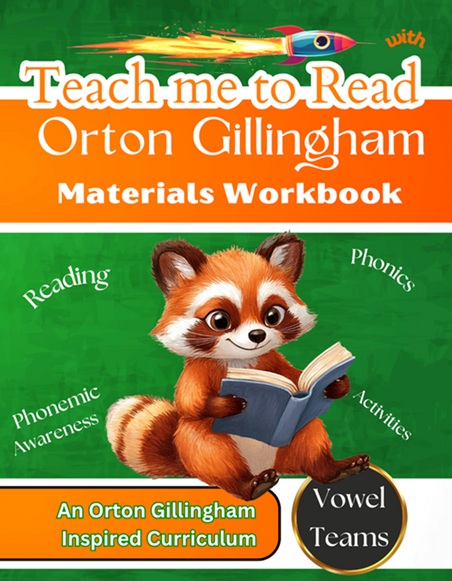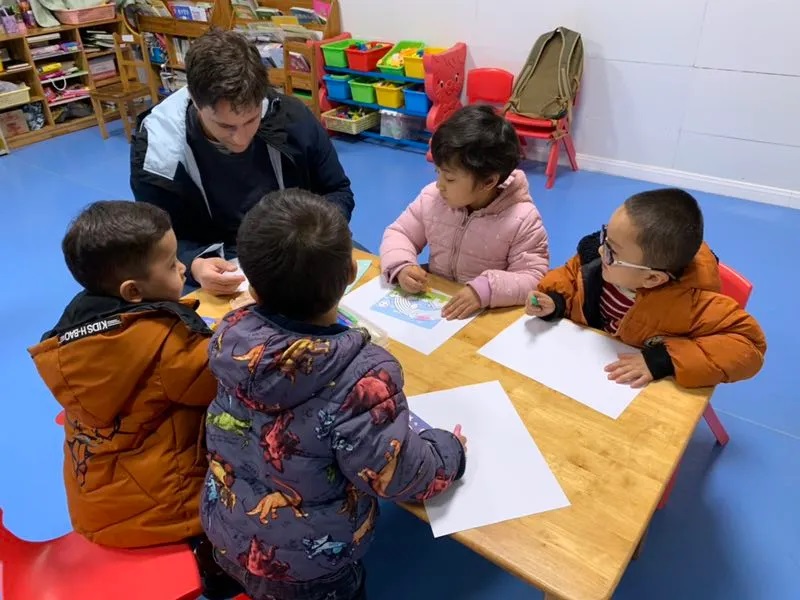How the Orton Gillingham Reading Program Can Transform Learning for Struggling Readers

The Orton Gillingham reading program is a structured method of instructing the kids who have issues with reading, spelling and writing. This program is based on the correspondence between letters and sounds, it educates pupils in the approach to decode and encode words in a systematic way. It is more individualistic as compared to the traditional methods which allow teachers to address certain issues and ensure every student is well-grounded in reading and writing.
The importance of a Structured Curriculum.
A good Orton Gillingham curriculum gives pupils a clear path to follow as they learn more and more difficult ideas. Each session builds on what the students already know, which helps them acquire confidence while learning important reading skills. This program helps kids become independent readers by focusing on phonics, fluency, and comprehension. It works especially well for students with dyslexia or other learning challenges.
The Orton Gillingham Reading Program’s Main Ideas
There are a few key ideas behind the Orton Gillingham reading program that make it work:
- Learning that uses more than one sense, such as seeing, hearing, and doing things with your body
- Systematic, clear instruction that presents ideas in a logical order
- Teaching that is tailored to each student’s needs
- Regular reviews to help you remember what you’ve learnt
This multimodal method helps children not only remember patterns, but also really understand how letters and sounds work together. This helps them remember things for a long time and feel confident in reading.
The Advantages of Using an Orton Gillingham Curriculum
Using an Orton Gillingham curriculum has a lot of benefits for students:
- Builds a firm base in phonemic awareness
- Makes reading easier and more understandable
- Improves spelling and writing skills
- Helps children with learning problems like dyslexia
- Fosters a love of reading by giving pupils goals they can reach
The curriculum makes sure that no one is left behind by taking into account each student’s particular learning style. This makes literacy available to everyone.
Customizing Learning with Personalized Instruction
The personalized approach of the Orton Gillingham reading curriculum is one of its best features. Teachers look at what each student can do and make lessons that are right for them. This personalization lets students move at their own pace while also helping them improve in areas where they are weak. Individualized training helps students build confidence and independence, making reading a fun and gratifying activity.
Useful Using the Orton Gillingham Curriculum
It takes a lot of planning and practice to use an Orton Gillingham curriculum in the classroom. Lessons are usually short and to the point, using both reading and hands-on activities. Flashcards, letter tiles, and phonics games are some of the resources that teachers can use to make learning interesting and participatory. Regular testing ensures that kids are always making progress and learning each part of the curriculum.
Giving help to Parents and Teachers at Home
Parents and teachers can help the Orton Gillingham reading program work better at home. Regular repetition, reading aloud, and going over phonics patterns can really help a youngster make progress. Caregivers can better help students if they know how the curriculum is set up. This makes for a more unified learning experience both in and out of the classroom.
Conclusion
For readers who are having trouble, the Orton-Gillingham reading program and its structured curriculum are a sure way to help them learn to read. Students may make real progress and feel more confident in their reading skills when they learn in a way that uses all of their senses, follows a set order, and gets help that is tailored to their needs. Classroomcompanions.com has a lot of tools and information for teachers and parents who want to learn more about this new way of reading.


















